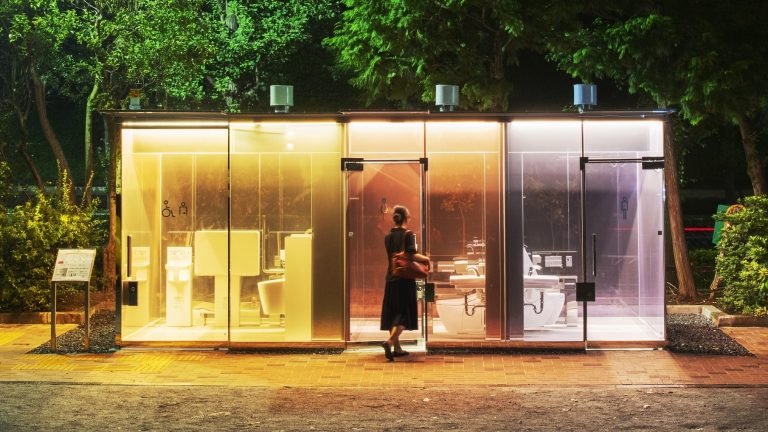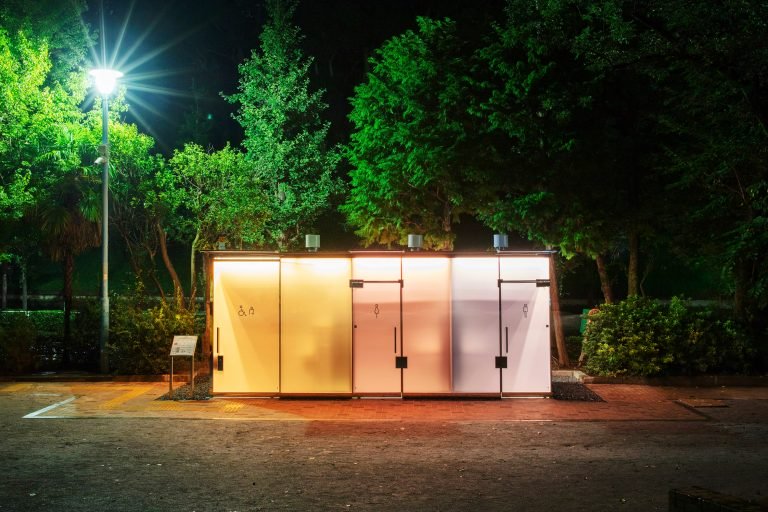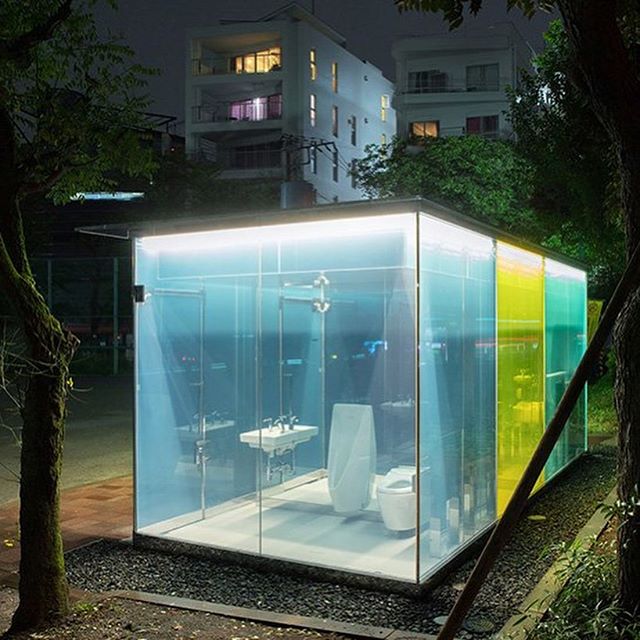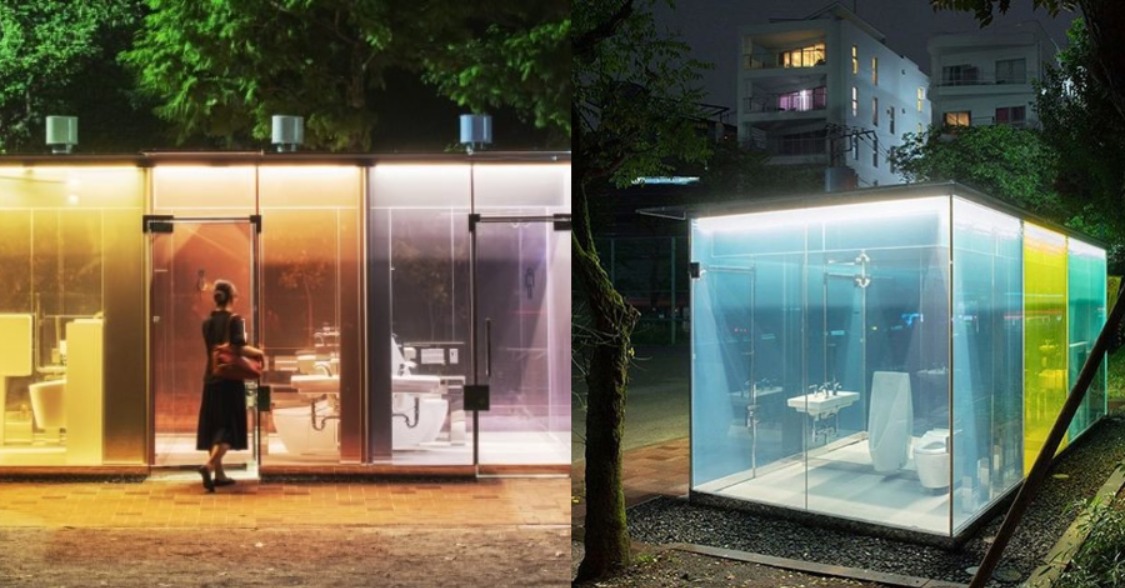Earlier this year, the non-profit Nippon Foundation launched “The Tokyo Toilet Project” is trying to cure people’s toilet phobia in such a unique way. Sixteen experienced architects were tasked in the project with renovating 17 public toilets located in the public parks of Shibuya District, one of Tokyo’s busiest commercial areas. The main goal of this endeavor was “that people will feel comfortable using these public toilets and to foster a spirit of hospitality for the next person”.
Shigeru Ban, Pritzker Prize-winning architect, his creations have been getting the most attention so far. His designs mostly seem to go against the main characteristic of a modern toilet. Privacy is the first thing that comes to people’s minds when they think about the toilet. But the Japanese architect’s creations in Haru-no-Ogawa Park and the Yoyogi Fukamachi Mini Park both have different thoughts.

The transparent nature of these revolutionary public bathrooms is by design, as they allow potential users to see inside before venturing in, thus laying their two main concerns to rest – “the first is whether it is clean inside, and the second is that no one is secretly waiting inside.”
Build with several adjacent cubicles, each sporting a different color, the ingenious public toilets rely on the latest smart glass technology to turn the see-through walls opaque whenever the floor is locked, and transparent again when the door is unlocked.

“This allows users to check the cleanliness and whether anyone is using the toilet from the outside. At night, the facility lights up the park like a beautiful lantern,”.
Along with Shigeru Ban’s transparent creations, three other public restrooms were designed by participants in The Tokyo Toilet Project also opened this month. Two more innovative designs are set to be showcased in the coming week. The remaining public toilet renovations will be unveiled in the spring of next year.

Transparent toilets have been used in Japan before ack in 2014. The city of Oita introduced see-through toilets that relied on motion sensors to turn the walls opaque. However, reported that the toilets were risky to use as if the sensors didn’t detect any movement for 35 consecutive seconds, they turned the walls transparent again and whoever outside can see what is inside.
Source: Oddity Central









Leave a Comment